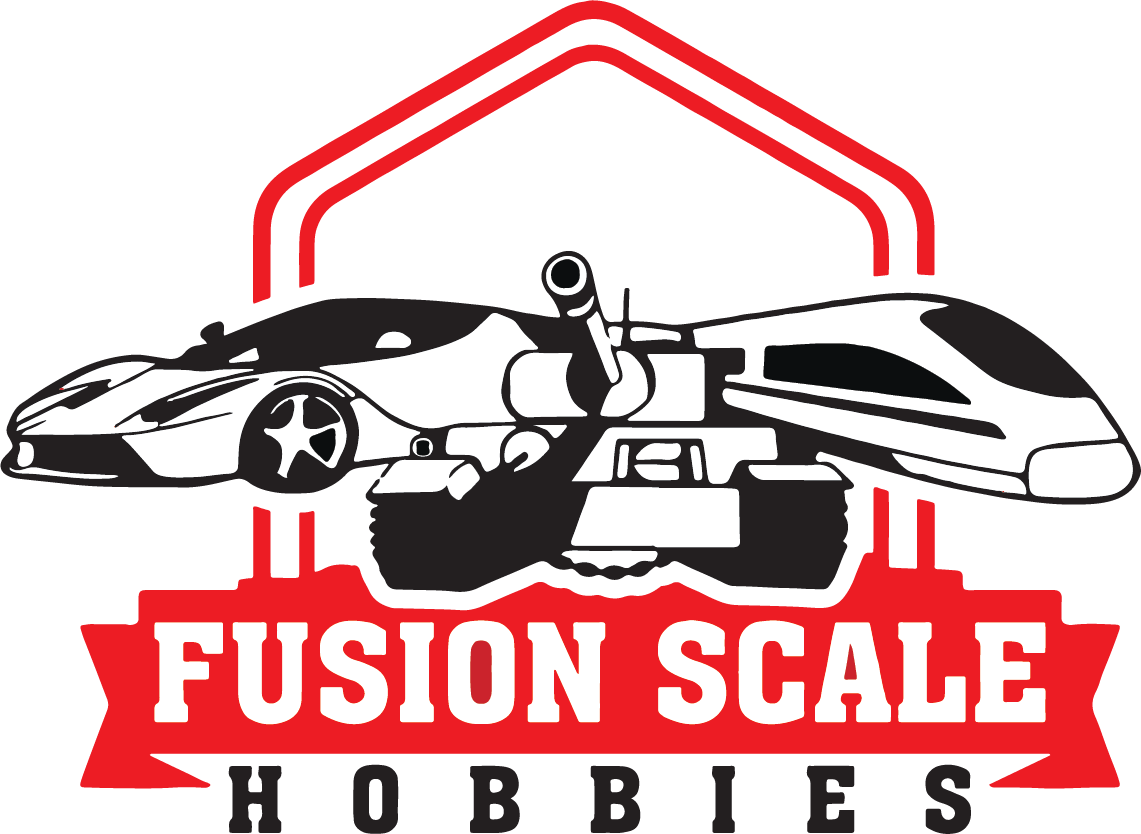Model trains have captivated enthusiasts of all ages for generations. From the intricate details to the realistic operations, model railroading can be an incredibly rewarding hobby. However, if you’re new to the world of model trains, you might be wondering about the different types available. This blog will guide you through the various kinds of model trains, helping you understand what makes each type unique.
Introduction to Model Trains
Before diving into the various types, it’s important to understand what model trains are. Essentially, they are scaled-down versions of real trains, complete with tracks, engines, and cars. These models can be simple or incredibly detailed, depending on the scale and the manufacturer.
Model trains first started as children’s toys but quickly grew into a sophisticated hobby for adults. Enthusiasts engage in the hobby for various reasons, including a love for trains, an interest in craftsmanship, and the joy of creating expansive miniature worlds. Each type of model train offers a different experience, allowing hobbyists to choose one that fits their preferences and available space.
Model railroading combines elements of electrical engineering, carpentry, and artistic design. It’s not just about watching trains go around tracks; it’s also about designing and building realistic settings. There’s a level of satisfaction in creating a scene that mimics the real world, complete with landscapes, buildings, and even tiny people.
Understanding Scale and Gauge
When discussing model trains, ‘scale’ refers to the size of the model compared to the real train, and ‘gauge’ refers to the distance between the rails. Common scales include O, HO, N, and G. Each has its own characteristics and is suited for different types of setups.
For instance, the HO scale, which stands for ‘Half O’, is one of the most popular scales. Its ratio is 1:87, meaning the model train is 87 times smaller than the real thing. The HO scale is well-loved due to its perfect balance between size and detail, making it a favorite among both beginners and experienced hobbyists.
On the other hand, the G scale models are about 1:24 to 1:32 of the actual size and are often used for outdoor or garden railways due to their durability and larger size. Similarly, the N scale, which stands for ‘Nine millimeters’ (the distance between the rails), is much smaller at a ratio of 1:160. This allows for more intricate layouts even in cramped spaces. Learn more about scales.
O-Scale Model Trains
O-scale is one of the larger scales, making it perfect for those who enjoy detailed models. These trains are about 1:48 the size of a real train. They are ideal for large, expansive layouts and can be quite robust, making them a favorite among collectors.
One of the standout features of O-scale trains is their durability; they often feature metal parts and have a heft that smaller scales lack. Additionally, O-scale allows for a high level of detailing. For those who love to add realistic touches, such as weathering effects or detailed Diorama elements, this scale offers ample space to do so.
O-scale model trains often come with advanced features like sound systems and smoke generators, adding to the realism. However, they require a good amount of space, so it’s something to consider if you’re planning to set up an intricate layout. If you’re interested in robust and well-detailed models, O-scale might be just what you need.
HO-Scale Model Trains
HO-scale, which stands for Half O, is the most popular scale worldwide. At a ratio of 1:87, these model trains strike a balance between size and detail. They are versatile and ideal for hobbyists who want detailed layouts without requiring a lot of space.
HO-scale offers a wide range of options in terms of train types, accessories, and scenery. For those looking to start, this scale provides numerous entry-level options. Advanced modelers enjoy it too because of the high level of detail available. The support for HO-scale is immense, with countless manufacturers producing compatible items.
What makes HO-scale so attractive is the versatility it brings. You can create sprawling landscapes in a modest space while still achieving a high level of detail. From urban scenes to rural countryside, the possibilities are endless. If you want a great balance of size, detail, and variety, HO-scale trains are an excellent choice.
N-Scale Model Trains
N-scale trains are smaller than HO-scale, at about 1:160 the size of a real train. These are perfect for modelers who have limited space but still want to create detailed and extensive layouts. Their smaller size allows for more track and scenery in a confined space.
The compact dimensions of N-scale trains mean you can fit a lot of action into a relatively small area. This makes them an ideal choice for those who live in apartments or homes with limited space. Despite their small size, N-scale trains do not compromise on detail, and many models come with fantastic levels of accuracy.
N-scale is popular for those who appreciate long, winding tracks and more complex rail operations. The smaller scale allows for broader curves and more extensive layouts. It’s an excellent option for anyone who wants to maximize their available space while still enjoying a detailed and functional model railway.
G-Scale Model Trains
G-scale trains are larger and often used for garden railways or outdoor setups. They are about 1:22.5 the size of real trains. Their robustness and size make them ideal for outdoor environments, where they can withstand the elements.
Due to their larger size, G-scale trains provide a robust platform for adding intricate details and scale-specific scenery. They often feature weather-resistant materials and larger motors, making them perfect for outdoor garden railways. Their durable construction ensures that they can handle the rigors of outdoor conditions while maintaining their appearance and functionality.
Moreover, G-scale trains provide a unique opportunity to integrate real-world elements like plants and water features into your layout. This can create a dynamic and immersive experience, blending the line between model railroading and landscape gardening. For those with ample outdoor space, G-scale models offer a unique and rewarding way to enjoy the hobby.
Specialty Model Trains
Apart from the common scales, there are specialty model trains that cater to niche markets. These include Z-scale, which is one of the smallest at 1:220, and TT-scale, which sits between HO and N scales. Specialty trains offer unique features and can be a delight for specific types of collectors.
Z-scale is particularly notable for its tiny size, allowing enthusiasts to create large, intricate layouts even in very small spaces. However, due to the small size, the detailing can be less pronounced compared to larger scales. Yet, it’s a remarkable feat of engineering to see such small trains operating smoothly, with many hobbyists finding great joy in Z-scale projects.
TT-scale, which lies between HO and N scale, offers a middle ground. It’s not as commonly used but provides a unique option for those who wish for a compromise between detail and space efficiency. Specialty scales like these often foster communities of enthusiasts who are dedicated to exploring the unique opportunities these models present.
Each specialty scale brings its own set of challenges and joys. Collectors and hobbyists might find their niche within these less common scales, appreciating the unique aspects they bring to the model railroading experience. With continuous innovations, specialty scales are always developing, offering new and exciting ways to enjoy the hobby.
Conclusion
Model trains come in a variety of types and scales, each offering its own unique experience. Whether you prefer the tiny details of N-scale or the robust operations of O-scale, there’s a model train out there that suits your interests. By understanding the different types and scales, you can make an informed decision that’s perfect for your model railroading journey.










